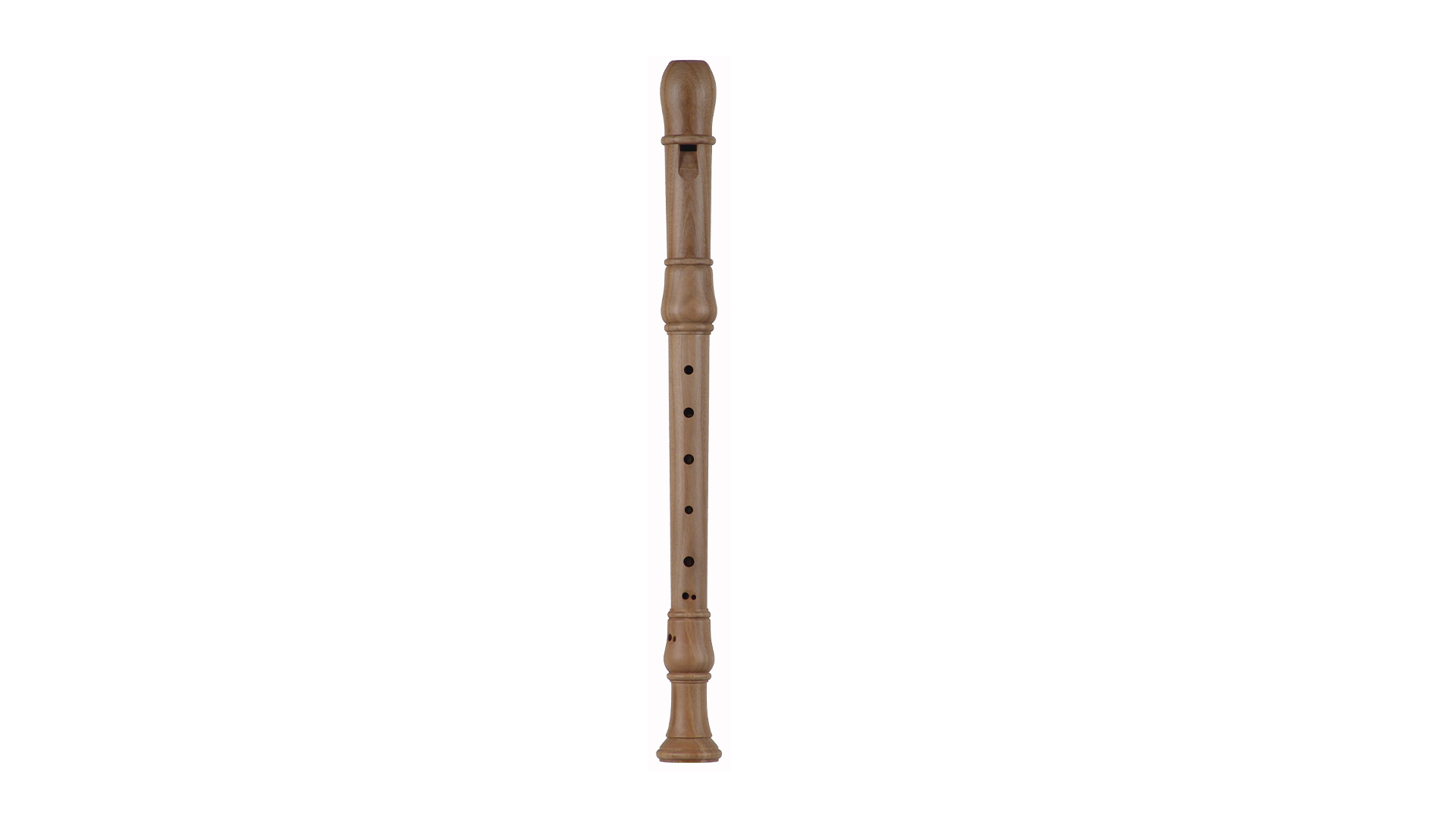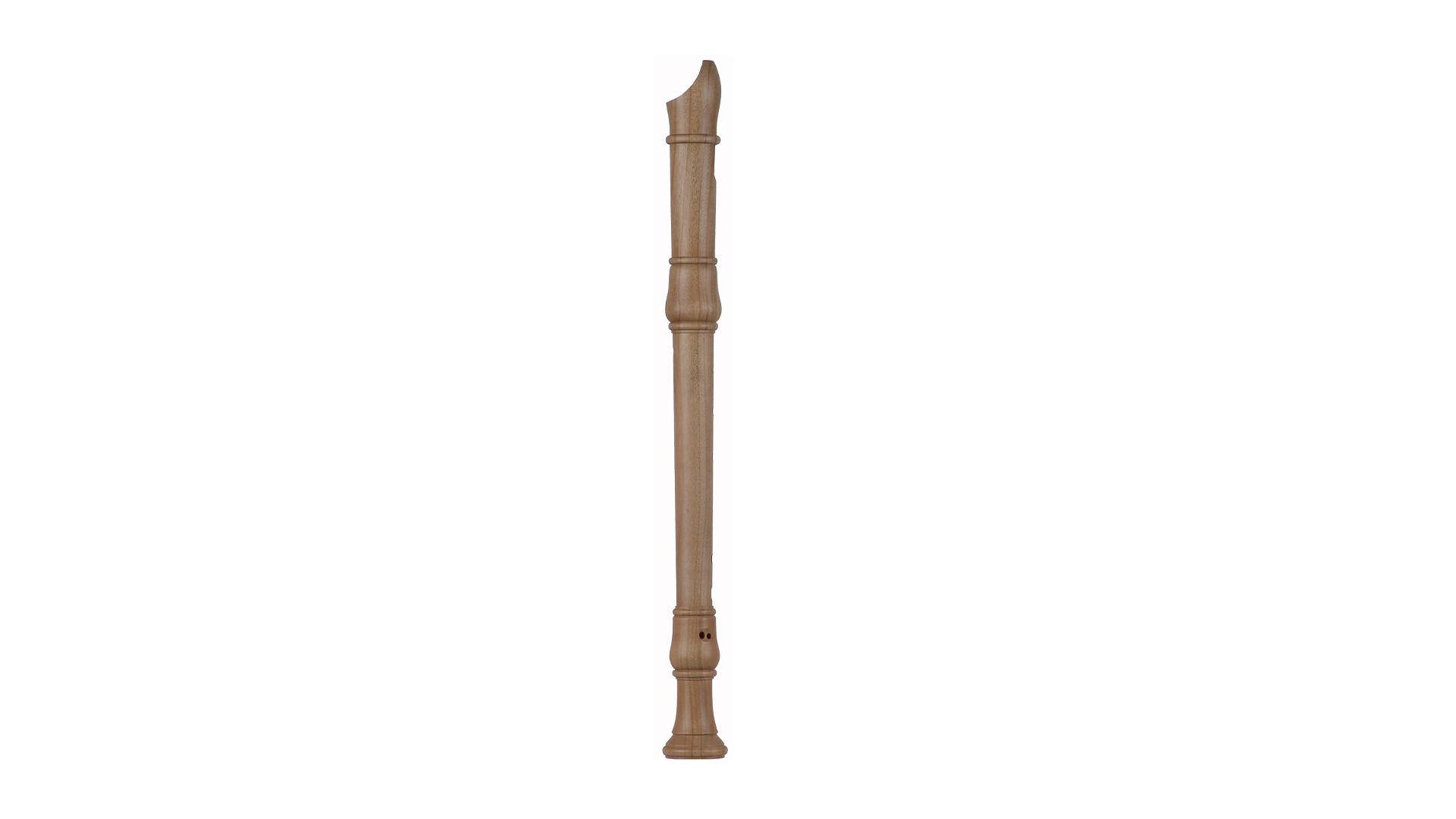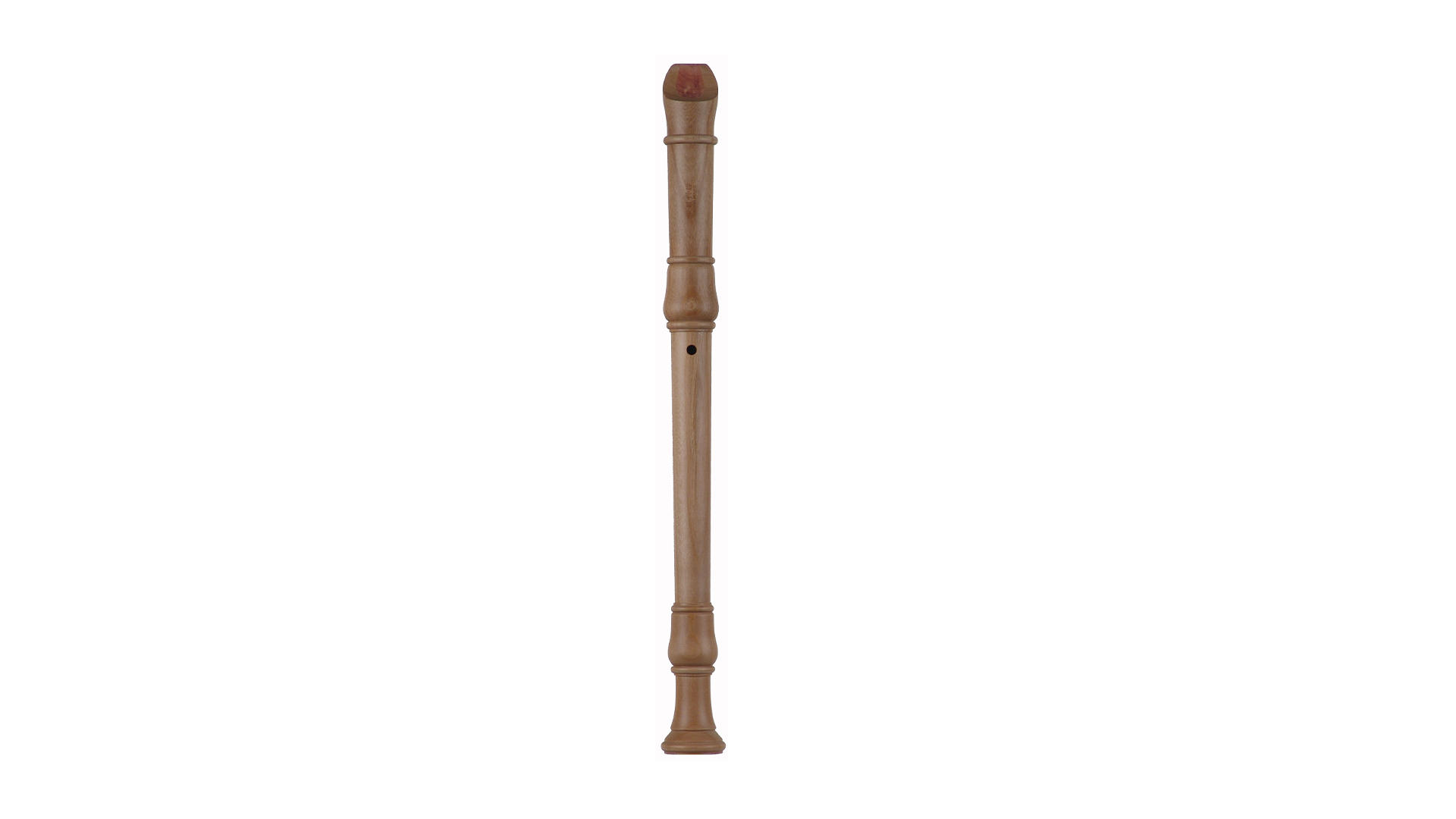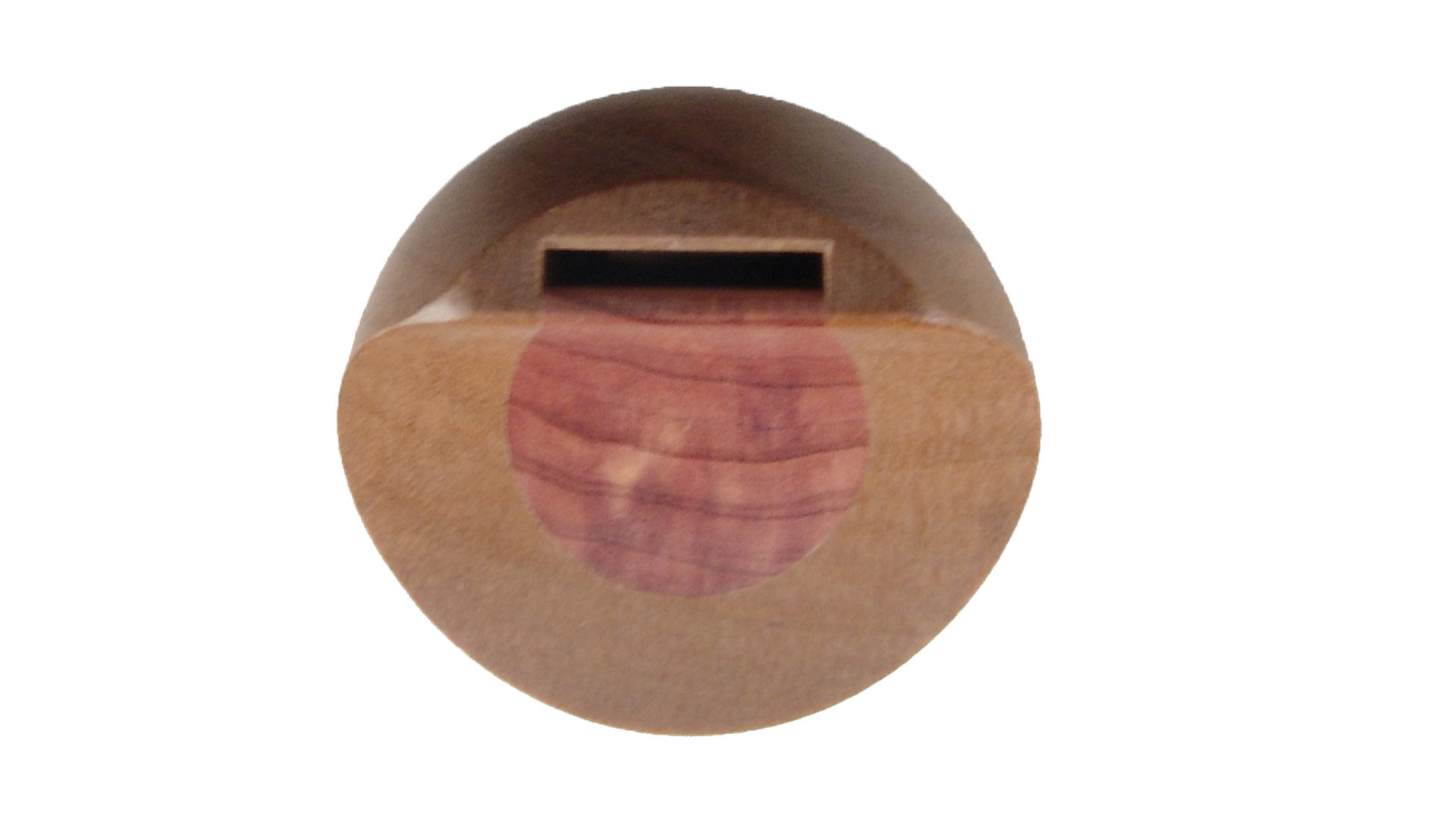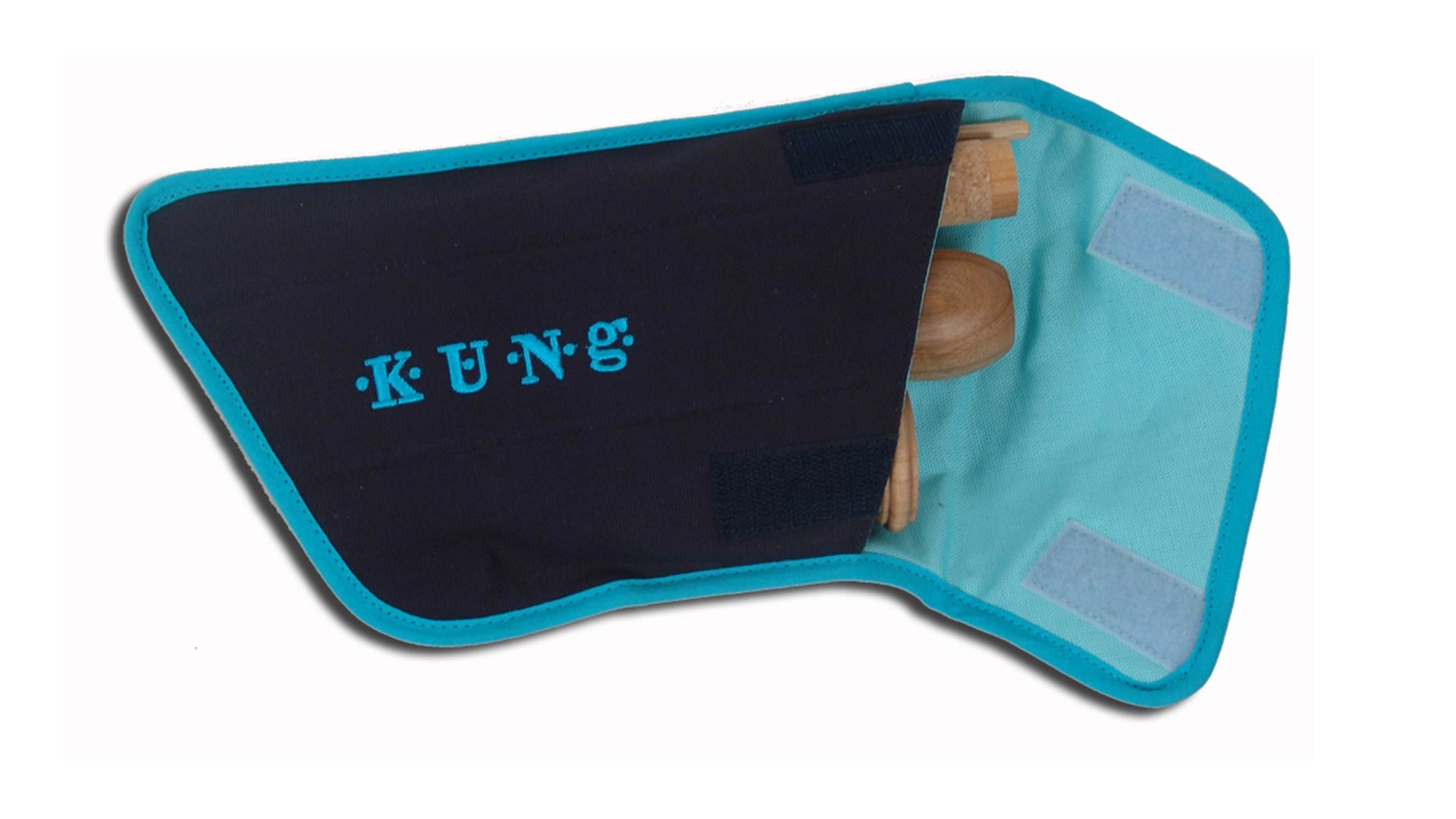Baroque Doublehole, Item: 1403-KUE Natural, 442 Hz
The F-Alto with the model number: 1403-KUE from Küng is a companion, the in playing continues to can provide fun.
This circumstance is due to the skillful composition of the unique instrument model in fusion with the sound of the material Cherrywood.
The bore
The geometry of the inner bore of the recorder is light cylindroconical. This kind of bore course gives this model its special tone.In principle, models with wider bore sound warmer, fuller, more fundamental and thus more suitable for ensembles than recorders with narrower scale.
For what styles can this instrument be used for?
Cherrywood is greatly suitable for instruments used for: focus on choral playing, recorder ensembles and orchestras, other styles are possible.To whom is this musical instrument addressed?
From this it results that instruments made of Cherrywood are especially for ambitious amateurs and advanced players recommendable. A further principle is that a higher instrument makes the learning progress usually pleasant at first glance low-cost offer.The windway of a recorder
The windway is the area in the head of the instrument where the blowing air is formed into a sheet of air. This air leaf is the determining element of the sound of the recorder. At the labium, the air stream is very quickly alternately directed inwards and outwards. This swinging flow stimulates the air in the body of the instrument. This is the origin of the recorder tone. This is the reason why the labium must not be damaged in any case. The same rule applies to the windway. Otherwise suffer the musical expressiveness of the recorder.
The windway of the model 1403-KUE of Küng has this windway shape: Straight, conical.Conical windways accelerate breathing air more than cylindrical shaped windways.
Never violate windway and labium! Their meaning for the voicing is uncommon complex in their design. Even minor damages here often lead to a total loss!
Fingerings
The recorder Küng 1403-KUE is delivered in the following version: Baroque Doublehole .
Construction
The constructional design in terms of multipartness a flute influences in many ways the way the woodwind instrument in use on the one hand is uncomplicated to handle in terms of easy assembling and on the other hand for the convenient transport.
This is a point that should not be underestimated, especially when transporting larger (and sometimes multiple) instruments.
{Experienced ensemble players can tell you a thing or two about this. Or ask veteran ensemble leaders.
Leaders of recorder choirs know how useful good and compact recorder cases are.
Packaging and accessories
The model is offered as standard with: BagThe useful accessories included: Wiper rod, fingering chart, care instructions
Hints before getting a new recorder
Ask acquaintances!The search for your new instrument should never be influenced by the opinions of "self-proclaimed experts".
Get your own realizations after testing a recorder. Don't let "generally valid" rules, such as "the flute xy doesn't work at all in an ensemble/for professionals.
Do not let others stop you from trying a unkown brand.
Your taste is as unique as you are.
Therefore, only you can decide which wind tunnel shape will personally make.
Our recommendation is therefore: Test new manufacturers!
After that you will be amazed and can make a safe decision.
Information about instruments with keys
Not always can tone holes be drilled in the places in the that are comfortable and easy to reach with the fingers. Especially with larger instruments sit for acoustic necessities some tone holes adequate to reach. On such instruments, keys are added, which make gripping clearly easier, or possible in the first place.This allows it to be {pleasant|light|ergonomic|conspicuous|above average| good play even by players with smaller hands.
The instrument 1403-KUE has the following flaps:
| Accessories: | Wiper rod, fingering chart, care instructions |
|---|---|
| Bore shape: | light cylindroconical |
| Construction: | 3-part (head, middle, foot) |
| Fingering: | Baroque Doublehole |
| Material: | Cherrywood |
| Material: Botanical name: | Prunus avium |
| Material: Country of origin: | Austria |
| Packing: | Bag |
| Surface treatment: | Natural |
| Target group: | Ambitious amateurs and advanced players |
| Windway: | Straight, conical |
| Size: | F-Alto |
| Tuning pitch: | 442 Hz |
| Group: | Recorder |
| Material structure: | Cherry wood: The wood is light in color and has a fine and matte glossy surface. |
| Musical use: | focus on choral playing, recorder ensembles and orchestras, other styles are possible |
| Sound characteristics: | Cherrywood: Light and elegant sound |
Login



